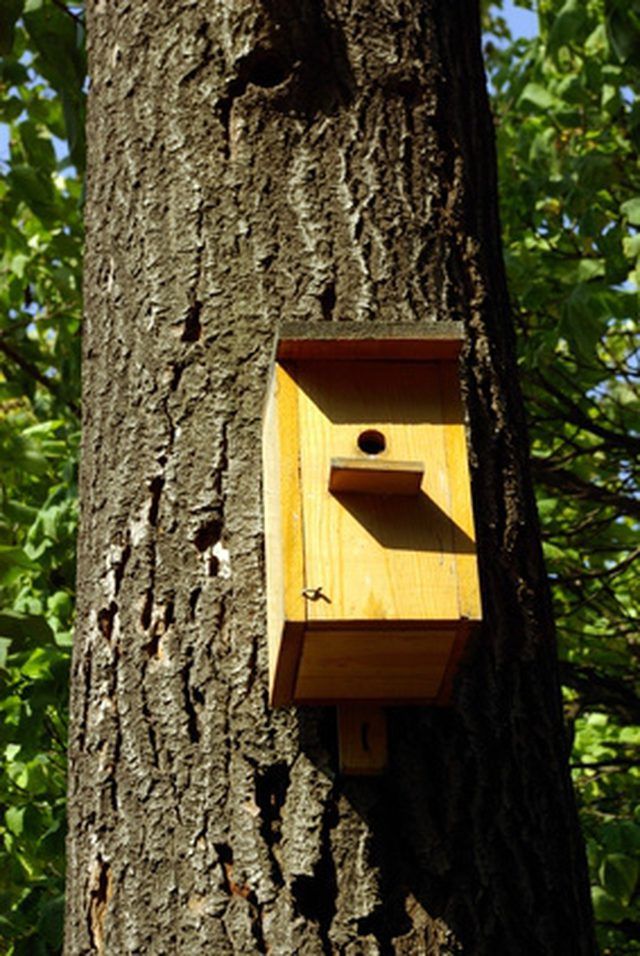Bulbs
Flower Basics
Flower Beds & Specialty Gardens
Flower Garden
Garden Furniture
Garden Gnomes
Garden Seeds
Garden Sheds
Garden Statues
Garden Tools & Supplies
Gardening Basics
Green & Organic
Groundcovers & Vines
Growing Annuals
Growing Basil
Growing Beans
Growing Berries
Growing Blueberries
Growing Cactus
Growing Corn
Growing Cotton
Growing Edibles
Growing Flowers
Growing Garlic
Growing Grapes
Growing Grass
Growing Herbs
Growing Jasmine
Growing Mint
Growing Mushrooms
Orchids
Growing Peanuts
Growing Perennials
Growing Plants
Growing Rosemary
Growing Roses
Growing Strawberries
Growing Sunflowers
Growing Thyme
Growing Tomatoes
Growing Tulips
Growing Vegetables
Herb Basics
Herb Garden
Indoor Growing
Landscaping Basics
Landscaping Patios
Landscaping Plants
Landscaping Shrubs
Landscaping Trees
Landscaping Walks & Pathways
Lawn Basics
Lawn Maintenance
Lawn Mowers
Lawn Ornaments
Lawn Planting
Lawn Tools
Outdoor Growing
Overall Landscape Planning
Pests, Weeds & Problems
Plant Basics
Rock Garden
Rose Garden
Shrubs
Soil
Specialty Gardens
Trees
Vegetable Garden
Yard Maintenance
Facts on Birdhouses
Facts on Birdhouses. More than 24 species of birds nest in birdhouses, including songbirds, swallows and owls. Most of these birds nest in tree cavities, but when natural nesting areas remain scarce, birdhouses serve as a backup. Consider adding bird feeders and birdbaths in the area to give the nesting birds even more reason to raise their young...

More than 24 species of birds nest in birdhouses, including songbirds, swallows and owls. Most of these birds nest in tree cavities, but when natural nesting areas remain scarce, birdhouses serve as a backup. Consider adding bird feeders and birdbaths in the area to give the nesting birds even more reason to raise their young in the birdhouses.
Materials
Most birdhouses are built from wood or other natural materials as wood takes longer to heat on warm days. Dried gourds with entrance and drainage holes also make good nesting boxes. Birdhouses made from slab bark appeal to brown creepers and prothonotary warblers. Some houses are built from lightweight aluminum material. These houses are often mounted on top of a pole. Birds such as wood ducks use birdhouses that contain a layer of wood chips or sawdust.
Features
Birdhouses need a hole for the bird to enter through and a roof to keep out rain. The houses also need small holes at the top to help provide air circulation on warm days. Because birdhouses need cleaning each year, an opening on the top or side of the box makes the task easier. Some birds, such as Purple Martins, live in community birdhouses that provide at least four openings. These birdhouses usually lock onto telescoping poles that help position the house 10 to 20 feet above the ground.
Requirements
Each species of bird requires a different type of birdhouse when it comes to the size and depth of the unit. Chickadees require a house that's 4 inches wide and deep, and 8 inches tall. The entrance hole, measuring 1 1/8 inches across, should be 6 inches above the floor. Other birds, such as owls, require much larger birdhouses because they bring back whole prey to feed their nestlings. Screech owls are more likely to move into a birdhouse if it's lined with several inches of wood shavings.
Location
Some birds, such as tree swallows, require certain locations for the birdhouse. Tree swallows like birdhouses attached to dead trees. Prothonotary warblers only nest in boxes on a lake or pond. Birdhouses on fence posts along open fields attract bluebirds. Owls and kestrels also prefer boxes on the edges of fields or woods so they can easily leave the house to hunt. Wood ducks use houses near water as the ducklings jump from the nest into the water within hours of birth.
Benefits
Watching how birds use birdhouses to attract a mate and raise their young are ways to learn about wildlife in your area. It also helps teach children about birds and their habits. Another reason to encourage birds to move into the area is their interest in insects for food. Some birds, such as swallows and Purple Martins, eat hundreds of mosquitoes each day.